Menu

At eight months, your little one is curious and gaining rapid development. They are mastering physical skills and developing emotions.
Your baby is starting to express emotions more visibly, and you may notice the beginnings of empathy. If they hear someone crying, they might respond with their tears. It’s a heartwarming glimpse into their growing understanding of the world.
Interestingly, your baby is like a little emotional sponge, absorbing cues from your feelings. Naming emotions aloud, both yours and theirs, becomes a valuable practice. This helps lay the foundation for their emotional regulation skills, potentially reducing tantrums as they grow. So, keep narrating those feelings – it’s a small yet impactful way to nurture their emotional intelligence.
At eight months old, your baby is on a fascinating physical and cognitive development journey. They might be crawling, attempting to stand, and even taking wobbly steps while holding onto furniture – a testament to their growing motor skills.
In communication, your little one is becoming quite the chatterbox, mimicking similar tones and patterns. It’s an ideal time to engage in activities like talking, playing, and reading together, fostering language development and the parent-child bond.
Cognitively, your baby is grasping the concept of object permanence. This means they understand that things exist even when out of sight, demonstrating a significant cognitive leap. Encourage their exploration and understanding of the world through interactive play and gentle guidance. It’s an exciting discovery phase for you and your little adventurer!
According to the World Health Organization, at eight months old, the average weight for girls is around 17.5 pounds, while boys tend to weigh around 19.0 pounds. Girls, on average, measure about 27.1 inches in length, and boys about 27.8 inches.
It’s important to note that these are averages, and there’s a natural variation in the height and weight of healthy babies. The key is ensuring your baby follows a consistent growth curve on the doctor’s chart. As long as your little one is steadily growing and the pediatrician doesn’t detect any concerning signs, you can rest assured that their development is on track. Every baby is unique, so these averages are general guidelines for a healthy range.
As your baby becomes more active, it’s crucial to baby-proof your home for their safety. Store cleaning products securely, install gates on stairs, and place small objects out of reach. Secure cables, lamps, and blind cords, and ensure the furniture is stable as your baby starts pulling themselves up. Cover sharp corners with protectors to safeguard your curious explorer.
Keep cosmetics away, close doors to bathrooms and bedrooms when not present, and use plug socket covers. Install safety latches on kitchen cupboards to prevent access, and be cautious with hot beverages, keeping them out of your baby’s reach. Taking these precautions creates a safer environment for your little one.
At eight months, your little one is starting to cut down on formula or breast milk while also becoming more skilled at biting, chewing, and picking up food.
According to the American Academy of Pediatrics (AAP), your baby needs around 750 to 900 calories daily, with about 400 to 500 calories coming from breast milk or formula.
It’s a great time to focus on introducing nutritious foods, especially fruits and vegetables. This is a crucial period to get your baby accustomed to various flavours and tastes. Don’t be discouraged if they don’t immediately embrace certain foods – you can always reintroduce them later.
As you decide what to feed your baby, you have flexibility in your choices, including trying out different flavours, and you can even introduce highly allergenic foods. However, it’s important to note that honey and cow’s milk should be avoided at this stage for your baby’s well-being.
At eight months, your baby will continue to consume 24 to 32 ounces of formula or breast milk daily. However, mealtimes should now include baby cereal, fruits, vegetables, and mashed or pureed meats. As the introduction of solids expands, the amount of breast milk or formula will naturally decrease. Some babies become so captivated by table foods that they may show a reduced interest in bottles or breastfeeding.
While you might observe a shift towards more solid foods in your baby’s diet, it’s important to note that they still require around 16-20 ounces of breastmilk or formula until they reach the age of one. At that point, they can transition to cow’s milk.
As your baby becomes more at ease with eating solids, it’s time to diversify their diet and increase meal frequency. Introducing new foods may require several attempts before your baby embraces them, even the things your baby loves might need some time getting used to.
Around eight months, your baby may be ready for finger foods – small, self-fed bites that promote exploration and enhance hand-eye coordination and motor skills. Consider offering:
To Introduce these Finger Foods:
Feeding an 8-month-old can be tiring, but these tips can make mealtime enjoyable for both you and your little one:
At eight months old, your baby typically requires 12 to 16 hours of sleep every 24 hours, although some may thrive with 13 to 14 hours. Sleep patterns can vary as your baby transitions from 3 to 2 naps, making navigating this age tricky.
Most 8-month-olds have a wake window ranging between 2 and 3.5 hours. It’s common for them to need two 2-hour naps during the day. However, individual variations exist; some babies may still nap three times a day.
Understanding your baby’s unique sleep needs and adjusting to their evolving routine is essential. If you find the transition challenging, be patient and flexible in adapting to your baby’s cues. If you have concerns about their sleep patterns, consulting with your pediatrician can offer tailored advice for your baby’s situation.
During an 8-month sleep regression, infants might encounter challenges such as difficulty falling asleep, increased nighttime awakenings, heightened fussiness or agitation at bedtime, or longer daytime naps with reduced nighttime sleep. It’s important to note that not all babies go through an 8-month sleep regression, as sleep patterns vary widely among infants, progressing at different rates.
Changes in a baby’s sleep coincide with broader growth, learning, and development aspects. At eight months, infants undergo significant physical and cognitive advancements. Teething often begins around this time, and they may achieve milestones like rolling over, sitting on their own, and crawling. Their awareness of the environment expands, accompanied by stronger emotional reactions and attachments.
Sleep regressions are a normal aspect of a baby’s development and indicate crucial brain growth. While they can be challenging to manage, they are a positive sign of developmental progress. Here’s a closer look at what you can anticipate regarding your 8-month-old’s sleep, how they are evolving, and strategies to encourage more restful nights.
If your 8-month-old is resisting sleep, struggling with naps, or attempting an all-nighter, it’s a common issue that can be addressed. Ensuring they receive sufficient and restful sleep is crucial for their well-being and development. Sleep training at this age becomes important for instilling healthy sleep habits, including independent sleep skills and the ability to self-soothe.
Effective sleep training relies heavily on your consistency, which can be challenging when dealing with exhaustion or frustration.
The provided tips are tailored specifically for 8-month-olds, aiming to assist you in navigating these challenges and achieving the restful nights you’ve been hoping for. Consistency and patience can contribute significantly to your baby’s sleep routine and overall sleep quality.
Consistent Nap and Bedtime Routine: Establishing a nightly routine with activities like a warm bath, reading, and cuddling creates a consistent sleep association, signaling your baby that it’s time to wind down and prepare for sleep.
Consistent Wake-Up Time: Setting a consistent wake-up time, ideally around 7:00 am, helps regulate your baby’s circadian rhythm, creating a predictable sleep routine that contributes to overall sleep quality.
Creating a Sleep-Friendly Environment: Ensuring the sleep space is dark, quiet, and at a comfortable temperature, along with blackout curtains and white noise machines, enhances the sleep environment, promoting better sleep for your baby.
Reduce Sleep Props/Sleep Associations: Addressing and gradually moving away from sleep props or associations, such as feeding or rocking to sleep, helps your baby develop independent sleep skills, fostering long-term healthy sleep habits.
Putting Down Awake, not Drowsy: Encouraging your baby to be put down awake rather than drowsy promotes the development of independent sleep skills. This valuable habit can last into adulthood. This approach helps your baby learn to self-soothe and fall asleep independently.

At eight months, your baby’s vision has significantly progressed, allowing them to perceive a variety of colours, shapes, and patterns both near and far. They can now distinguish familiar faces from strangers.

Your baby’s hearing has advanced, enabling them to identify familiar voices, with a special affinity for the soothing tones of your voice and your partner’s. They are also becoming attuned to various sounds in their environment.

While verbal communication is still in its early stages, your 8-month-old is proficient at producing a range of vowel and consonant sounds. They may even combine these sounds to create simple syllables, laying the groundwork for their first words

While the love for being held by parents persists, your baby is becoming more curious about textures and objects. They enjoy the tactile experience of touching soft items like plush toys and exploring smooth surfaces like those found on plastic toys.
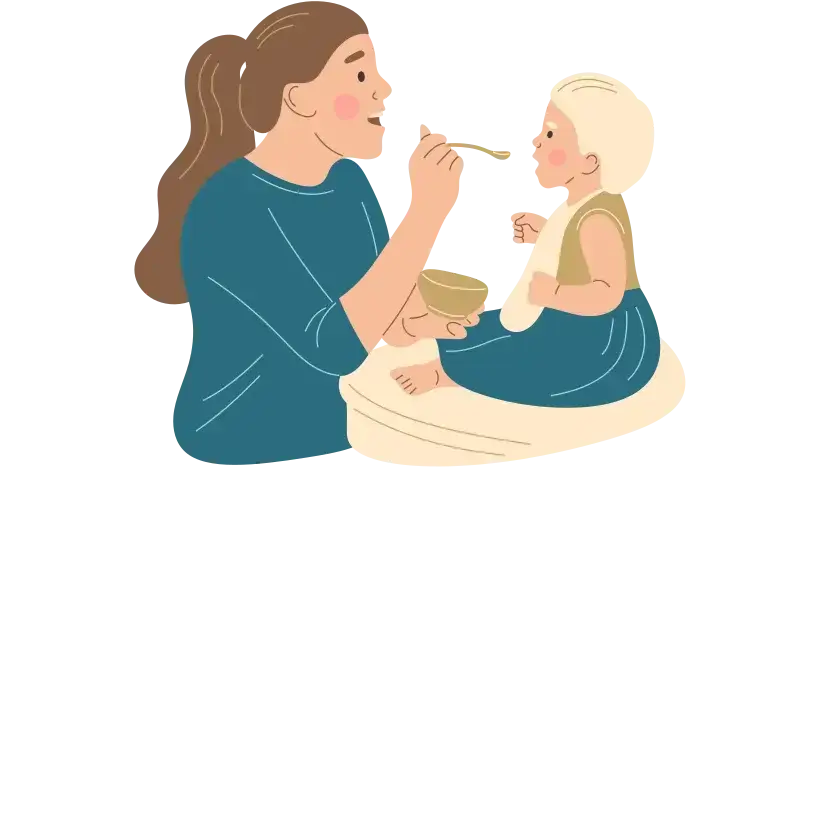
Though their sense of taste is developed, your baby is in the early stages of trying various foods. This exploration involves discovering different flavours and forming preferences as they gradually expand their culinary experiences.

At eight months, your baby’s vision has significantly progressed, allowing them to perceive a variety of colours, shapes, and patterns both near and far. They can now distinguish familiar faces from strangers.

Your baby’s hearing has advanced, enabling them to identify familiar voices, with a special affinity for the soothing tones of your voice and your partner’s. They are also becoming attuned to various sounds in their environment.

While verbal communication is still in its early stages, your 8-month-old is proficient at producing a range of vowel and consonant sounds. They may even combine these sounds to create simple syllables, laying the groundwork for their first words

While the love for being held by parents persists, your baby is becoming more curious about textures and objects. They enjoy the tactile experience of touching soft items like plush toys and exploring smooth surfaces like those found on plastic toys.

Though their sense of taste is developed, your baby is in the early stages of trying various foods. This exploration involves discovering different flavours and forming preferences as they gradually expand their culinary experiences.
Unlike older children, crying doesn’t always mean your baby is in pain. Babies cry for various reasons. Here are signs that your baby might be experiencing discomfort.
As your baby progresses to 8 months, their heightened activity levels and growing skills will continue to demand more hands-on care. Their increased mobility and curiosity will lead them to explore and engage with the world around them actively.

At eight months, some babies may start babbling and associating sounds with familiar faces. While their utterances might not have specific meanings, saying ‘Mama’ and ‘Dada’ reflects their growing vocal exploration and recognition of parental figures.

Developing fine motor skills, your baby can now transfer objects from one hand to another. This showcases improving hand-eye coordination and dexterity.
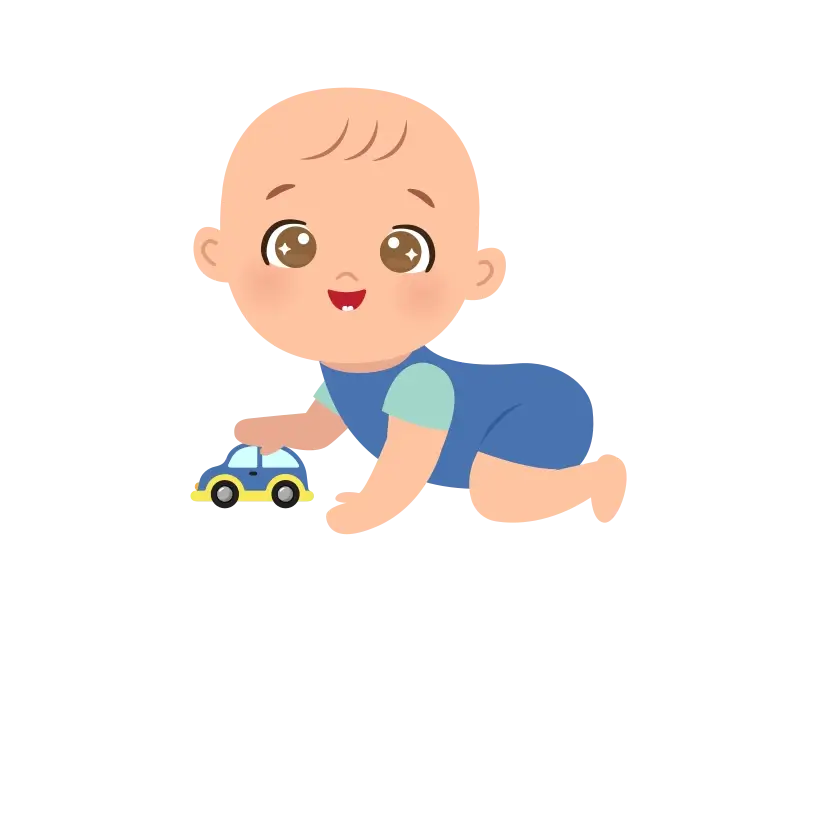
The ability to crawl emerges around eight months, signifying enhanced mobility and a new way for your baby to explore their surroundings independently.

With increasing strength and stability, your baby can now stand while holding onto furniture or other support structures. This marks a significant milestone in their physical development.
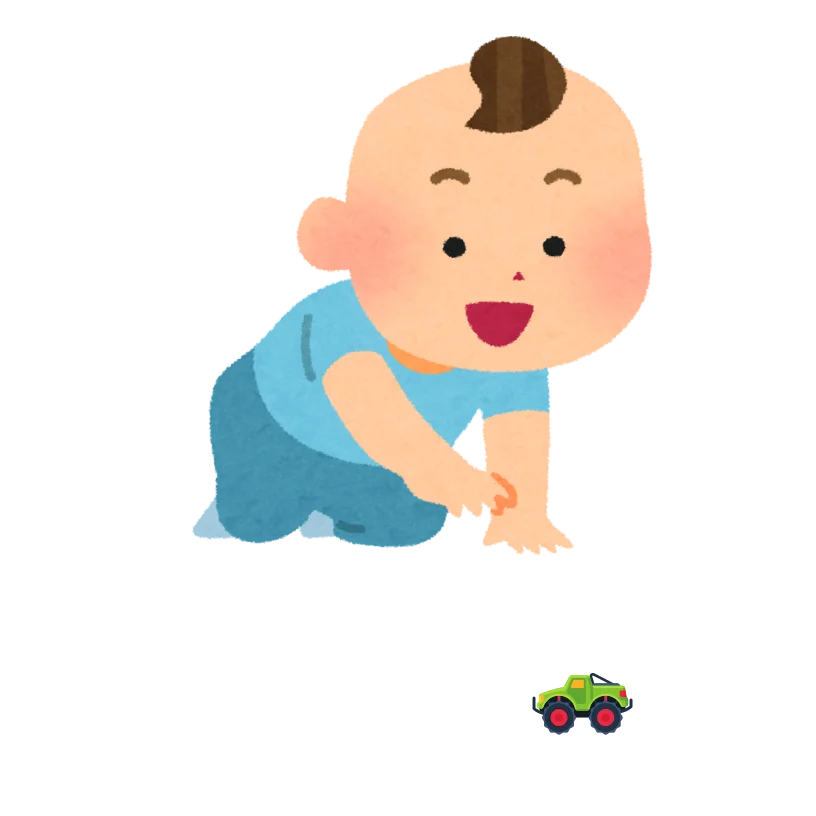
Your baby’s cognitive and communication skills are advancing as they start pointing at objects. This gesture indicates a growing ability to express interest and recognition of things in their environment.

Cognitive development is evident as your baby understands object permanence. They can actively search for hidden items, demonstrating an evolving awareness of the world around them.

Progressing to finger foods is a delightful step that signifies developing pincer grasp and hand-eye coordination. This newfound skill empowers your baby to explore self-feeding, fostering a sense of independence during meals and encouraging further fine motor development.

Strength and coordination allow your baby to pull to a standing position and cruise along furniture. This marks the beginning of their exploration of vertical movement.
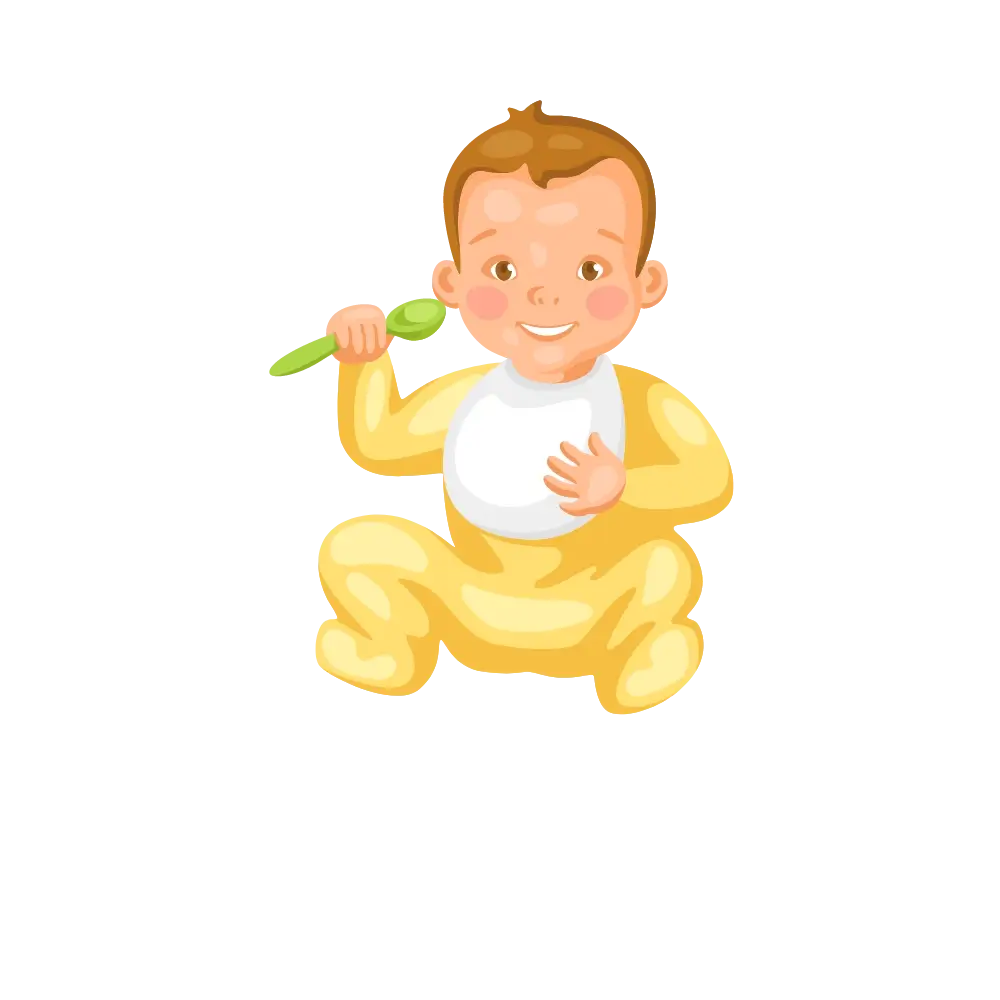
Refining their grasp, your baby can now pick up small objects using their thumb and forefinger, showcasing improved fine motor control and precision.
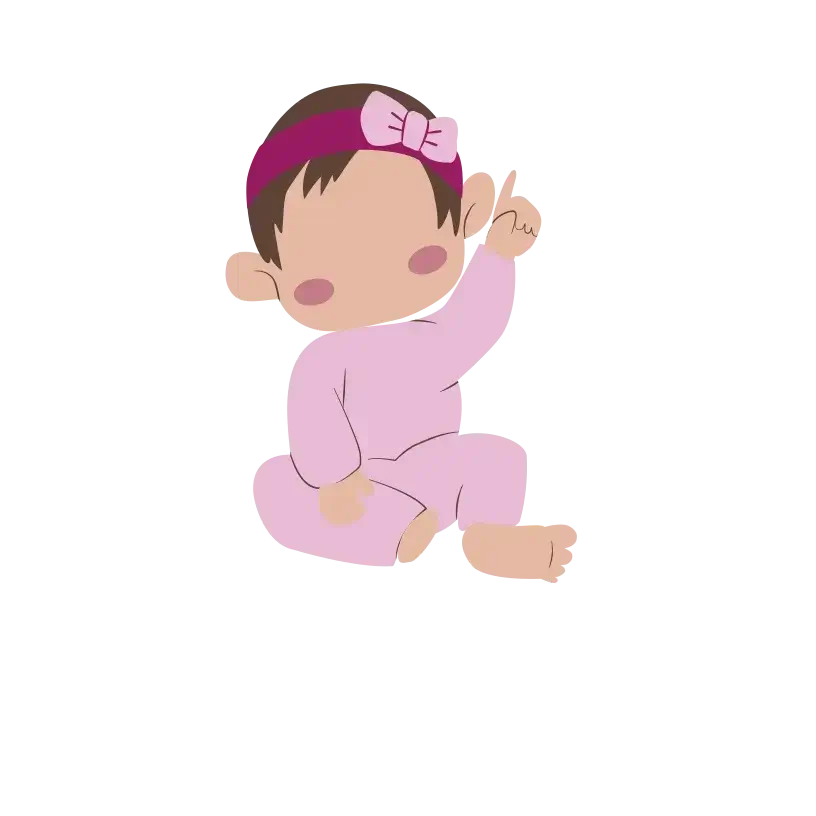
Communication skills continue to develop as your baby starts using gestures to express their desires. This can include reaching out or pointing, indicating their preferences or needs.

Around eight months, your baby may start clapping their hands as a newfound motor skill. This gesture reflects developing coordination and an understanding of cause and effect.
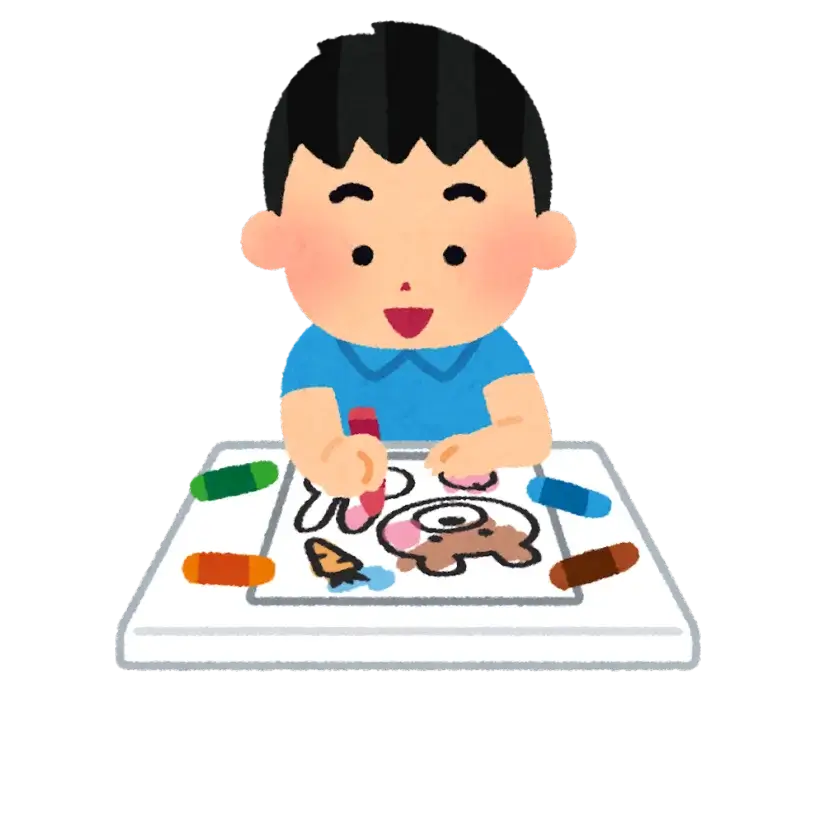
Developing visual acuity allows your baby to focus on smaller objects. This marks improvements in their vision and indicates a growing attention to detail, contributing to their overall cognitive and sensory development.

Introducing your baby to solid foods typically begins around six months. By eight months, they are likely comfortable with various purees and may have started exploring soft, mashed foods, contributing to their overall nutritional intake.

As your baby’s skill improves, they can now grasp and consume finger foods. This milestone indicates transitioning to more textured and self-feeding options, fostering independence during mealtime.
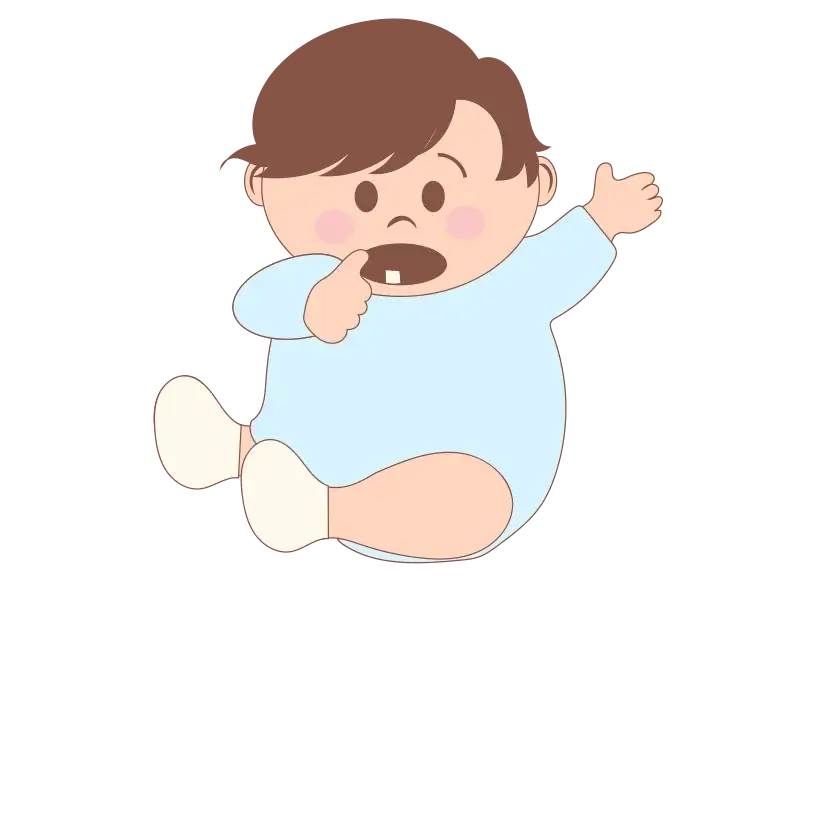
While it’s common for most babies to start teething around 3 months old, if your baby hasn’t sprouted a tooth by 8 months, they might be on the verge of this exciting developmental milestone. This signifies the onset of teething, marking the start of their primary tooth growth journey.

At eight months, some babies may start babbling and associating sounds with familiar faces. While their utterances might not have specific meanings, saying ‘Mama’ and ‘Dada’ reflects their growing vocal exploration and recognition of parental figures.

Developing fine motor skills, your baby can now transfer objects from one hand to another. This showcases improving hand-eye coordination and dexterity.

The ability to crawl emerges around eight months, signifying enhanced mobility and a new way for your baby to explore their surroundings independently.
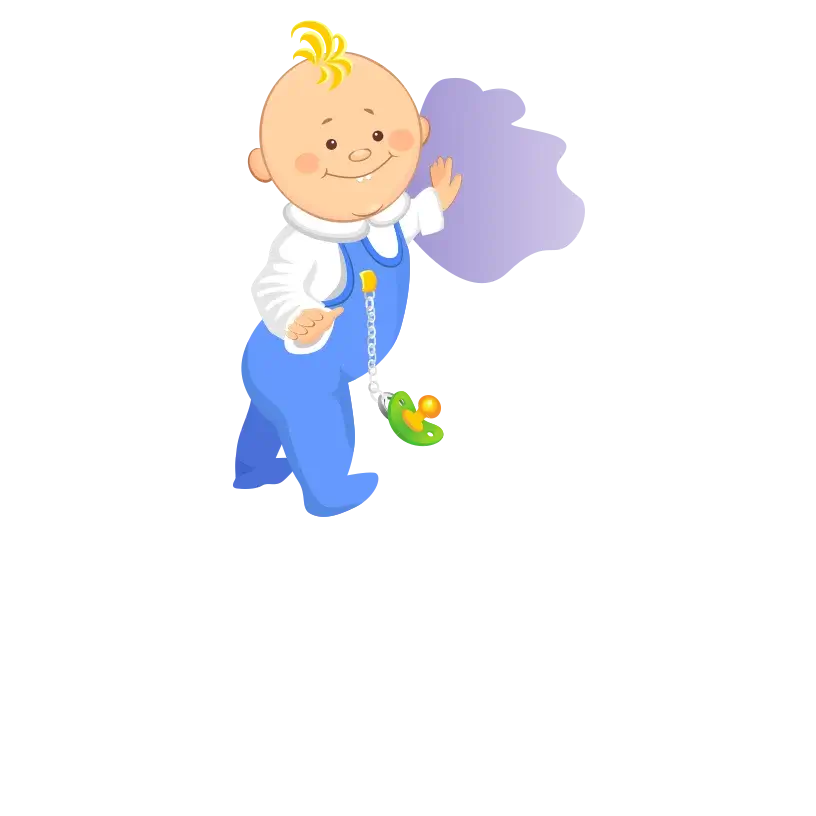
With increasing strength and stability, your baby can now stand while holding onto furniture or other support structures. This marks a significant milestone in their physical development.

Your baby’s cognitive and communication skills are advancing as they start pointing at objects. This gesture indicates a growing ability to express interest and recognition of things in their environment.

Cognitive development is evident as your baby understands object permanence. They can actively search for hidden items, demonstrating an evolving awareness of the world around them.

Progressing to finger foods is a delightful step that signifies developing pincer grasp and hand-eye coordination. This newfound skill empowers your baby to explore self-feeding, fostering a sense of independence during meals and encouraging further fine motor development.

Strength and coordination allow your baby to pull to a standing position and cruise along furniture. This marks the beginning of their exploration of vertical movement.

Refining their grasp, your baby can now pick up small objects using their thumb and forefinger, showcasing improved fine motor control and precision.

Communication skills continue to develop as your baby starts using gestures to express their desires. This can include reaching out or pointing, indicating their preferences or needs.

Around eight months, your baby may start clapping their hands as a newfound motor skill. This gesture reflects developing coordination and an understanding of cause and effect.

Developing visual acuity allows your baby to focus on smaller objects. This marks improvements in their vision and indicates a growing attention to detail, contributing to their overall cognitive and sensory development.

Introducing your baby to solid foods typically begins around six months. By eight months, they are likely comfortable with various purees and may have started exploring soft, mashed foods, contributing to their overall nutritional intake.

As your baby’s skill improves, they can now grasp and consume finger foods. This milestone indicates transitioning to more textured and self-feeding options, fostering independence during mealtime.

While it’s common for most babies to start teething around 3 months old, if your baby hasn’t sprouted a tooth by 8 months, they might be on the verge of this exciting developmental milestone. This signifies the onset of teething, marking the start of their primary tooth growth journey.
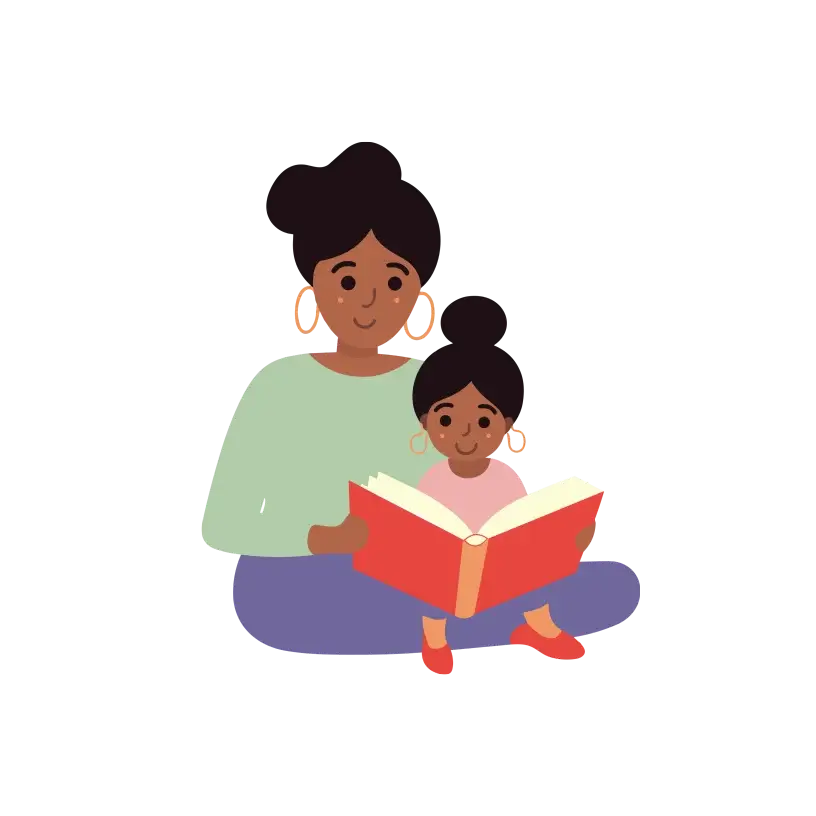
Engage your baby with colorful and interactive books. Point to pictures, use different voices and encourage them to touch and feel different textures in the book. This enhances their visual and tactile senses and fosters a love for books and storytelling.

Introduce soft building blocks to encourage your baby’s exploration and manipulation skills. They can grasp, stack, and knock down the blocks, promoting fine motor skills and spatial awareness.

Place your baby on their tummy to strengthen neck and upper body muscles. Use colourful toys to encourage reaching and crawling movements during tummy time, fostering motor skill development.

Play peek-a-boo to enhance object permanence. Cover your face with your hands and then reveal it, encouraging your baby to anticipate and engage in the game. This simple game also promotes social interaction and bonding.

Support your baby in practicing standing and walking with assistance. Holding onto your hands or furniture helps develop balance and coordination, laying the foundation for future independent walking.
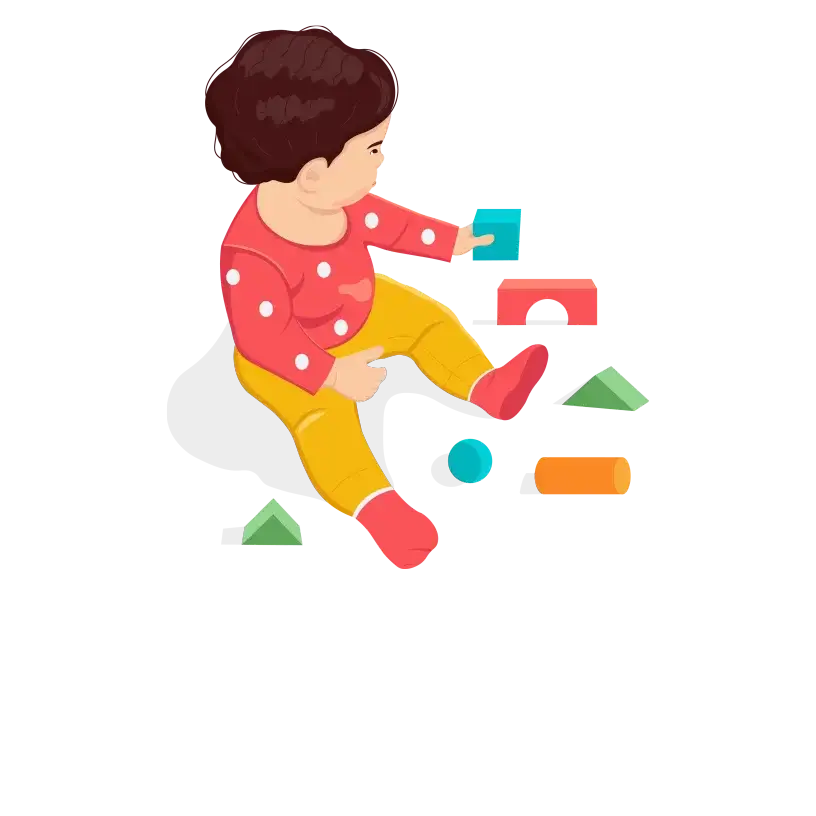
Introduce stacker toys to enhance hand-eye coordination. Your baby can stack and unstack colourful rings, promoting fine motor skills and spatial awareness.

Offer soft pom poms for your baby to grasp and explore. These small, textured balls encourage sensory exploration and fine motor skill development.
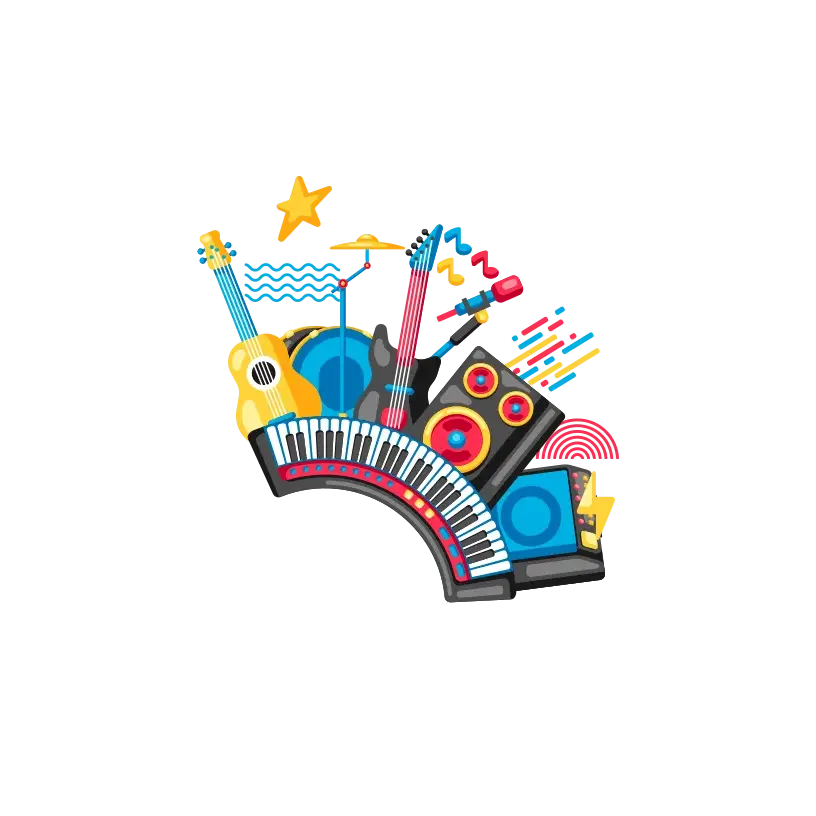
Introduce your baby to different sounds and rhythms. Play soft music, use simple instruments, or clap your hands. This stimulates the auditory senses and promotes a sense of rhythm.
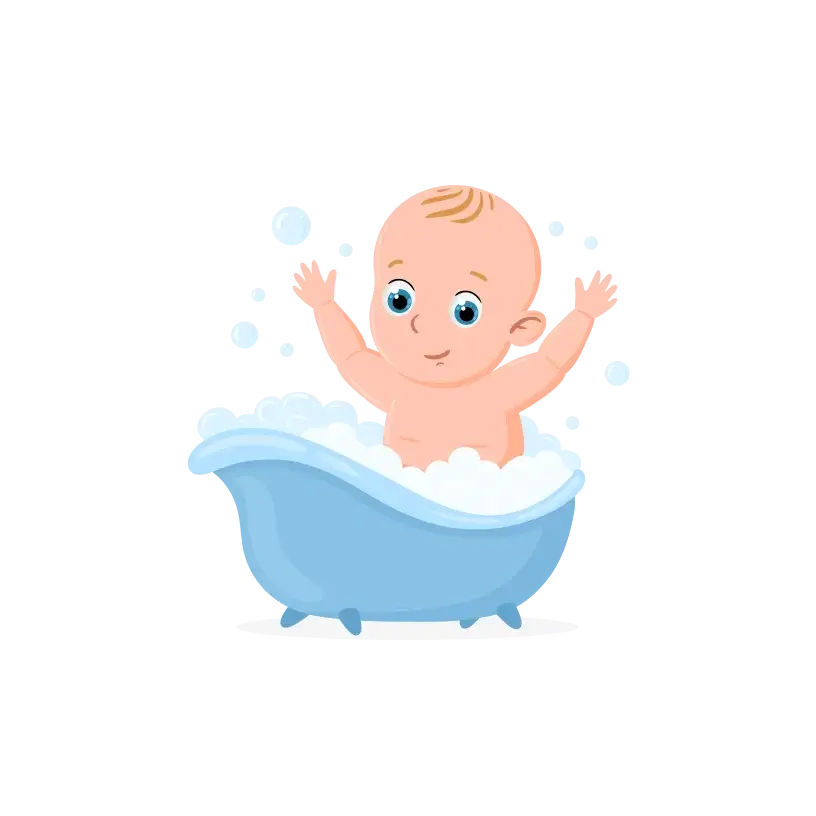
During supervised bath time, let your baby play with cups, sponges, or water-safe toys. The tactile experience and water play can be both entertaining and sensory-stimulating.

Take your baby outdoors for fresh air and natural stimulation. Allow them to feel different textures like grass or leaves, providing a sensory-rich environment. Outdoor adventures also introduce new sights and sounds.
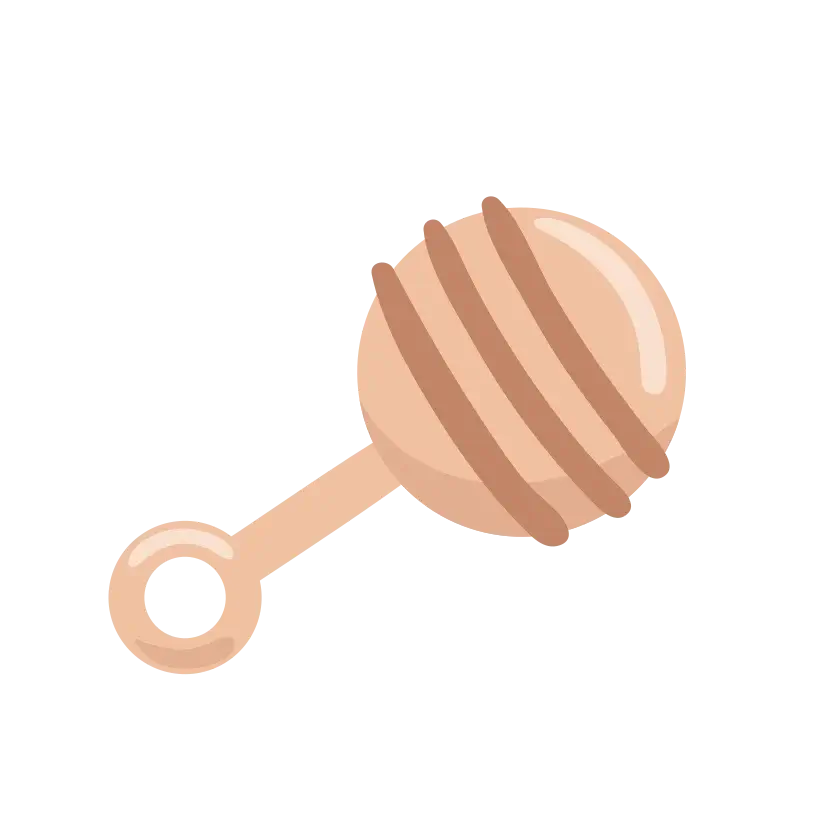
Encourage your baby to explore making sounds. Offer safe, noise-making toys or create simple shakers. This activity supports auditory development and the exploration of cause and effect.
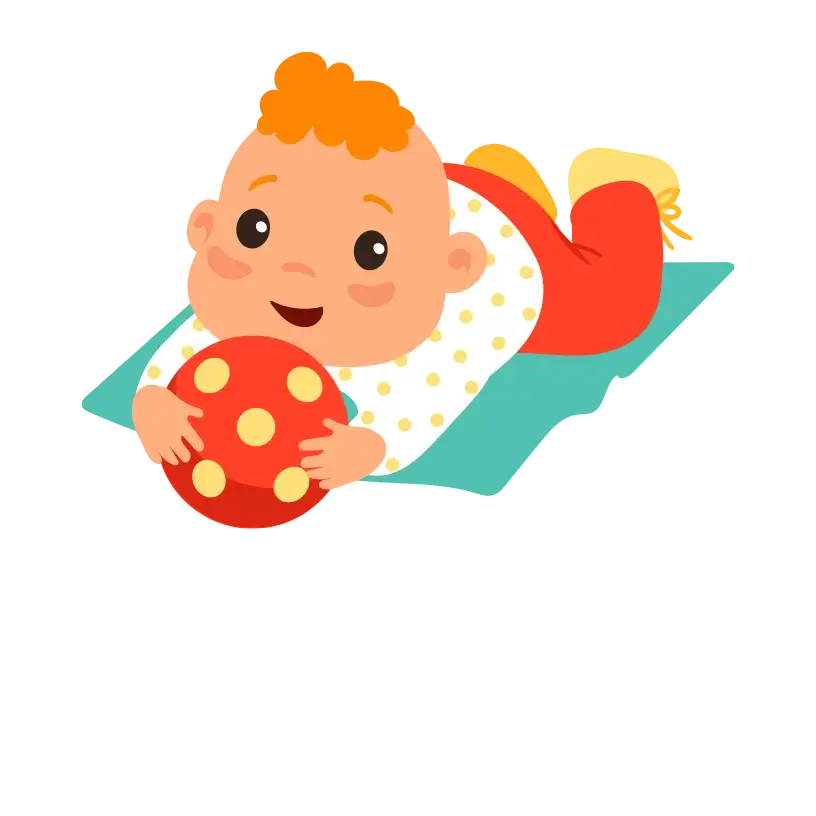
Gently roll a soft ball back and forth with your baby. This helps develop hand-eye coordination and introduces them to reciprocal play, promoting social interaction.

Engage your baby with colorful and interactive books. Point to pictures, use different voices and encourage them to touch and feel different textures in the book. This enhances their visual and tactile senses and fosters a love for books and storytelling.

Introduce soft building blocks to encourage your baby’s exploration and manipulation skills. They can grasp, stack, and knock down the blocks, promoting fine motor skills and spatial awareness.

Place your baby on their tummy to strengthen neck and upper body muscles. Use colourful toys to encourage reaching and crawling movements during tummy time, fostering motor skill development.

Play peek-a-boo to enhance object permanence. Cover your face with your hands and then reveal it, encouraging your baby to anticipate and engage in the game. This simple game also promotes social interaction and bonding.

Support your baby in practicing standing and walking with assistance. Holding onto your hands or furniture helps develop balance and coordination, laying the foundation for future independent walking.

Introduce stacker toys to enhance hand-eye coordination. Your baby can stack and unstack colourful rings, promoting fine motor skills and spatial awareness.

Offer soft pom poms for your baby to grasp and explore. These small, textured balls encourage sensory exploration and fine motor skill development.

Introduce your baby to different sounds and rhythms. Play soft music, use simple instruments, or clap your hands. This stimulates the auditory senses and promotes a sense of rhythm.

During supervised bath time, let your baby play with cups, sponges, or water-safe toys. The tactile experience and water play can be both entertaining and sensory-stimulating.

Take your baby outdoors for fresh air and natural stimulation. Allow them to feel different textures like grass or leaves, providing a sensory-rich environment. Outdoor adventures also introduce new sights and sounds.

Encourage your baby to explore making sounds. Offer safe, noise-making toys or create simple shakers. This activity supports auditory development and the exploration of cause and effect.

Gently roll a soft ball back and forth with your baby. This helps develop hand-eye coordination and introduces them to reciprocal play, promoting social interaction.
Engage in conversations with your baby, describing daily activities using simple words. Use exaggerated facial expressions and gestures to capture their attention. Repetition is key, so repeat words frequently and emphasize important sounds.
Reading colourful, interactive books with textures and sounds can make the language more engaging. Respond positively to their attempts at babbling or imitating sounds, reinforcing their communication efforts. Additionally, introducing basic sign language for common words like “eat” or “more” can provide an early form of communication.
Infant cereal is a primary iron source for babies aged 6-12 months, crucial for growth, brain development, and learning. The 2020-2025 Dietary Guidelines and the American Academy of Pediatrics endorse infant cereal, particularly for breastfed infants. Tailor the cereal’s texture to your baby’s feeding abilities, starting with a more liquid consistency and progressing to thicker textures as your baby becomes more adept at consuming solid foods.
While some eight-month-olds may sleep through the night, it’s common for babies to still wake up during this age. Sleep patterns vary, and factors like developmental milestones, teething, or hunger can affect your baby’s sleep. Establishing a consistent bedtime routine, ensuring a comfortable sleep environment, and responding to your baby’s needs can improve sleep habits. Every baby is different, so it’s normal for variations in sleep patterns.
You can introduce various nutritious snacks to your baby. Soft fruits like banana slices or small pieces of ripe avocado are great options. Cooked and finely diced vegetables such as sweet potatoes or carrots are suitable. You can also offer small pieces of well-cooked pasta or soft cheese. Ensure the snacks are cut into manageable pieces to prevent choking.
According to data from the World Health Organization, girls typically weigh approximately 17.5 pounds at eight months, while boys tend to weigh around 19.0 pounds. In terms of length, the average measurement for girls is about 27.1 inches, and for boys, it’s approximately 27.8 inches. It’s important to note that infant weight variations exist, and these figures serve as general benchmarks for tracking typical growth patterns.
Engage in conversations with your baby, describing daily activities using simple words. Use exaggerated facial expressions and gestures to capture their attention. Repetition is key, so repeat words frequently and emphasize important sounds.
Reading colourful, interactive books with textures and sounds can make the language more engaging. Respond positively to their attempts at babbling or imitating sounds, reinforcing their communication efforts. Additionally, introducing basic sign language for common words like “eat” or “more” can provide an early form of communication.
Infant cereal is a primary iron source for babies aged 6-12 months, crucial for growth, brain development, and learning. The 2020-2025 Dietary Guidelines and the American Academy of Pediatrics endorse infant cereal, particularly for breastfed infants. Tailor the cereal’s texture to your baby’s feeding abilities, starting with a more liquid consistency and progressing to thicker textures as your baby becomes more adept at consuming solid foods.
While some eight-month-olds may sleep through the night, it’s common for babies to still wake up during this age. Sleep patterns vary, and factors like developmental milestones, teething, or hunger can affect your baby’s sleep. Establishing a consistent bedtime routine, ensuring a comfortable sleep environment, and responding to your baby’s needs can improve sleep habits. Every baby is different, so it’s normal for variations in sleep patterns.
You can introduce various nutritious snacks to your baby. Soft fruits like banana slices or small pieces of ripe avocado are great options. Cooked and finely diced vegetables such as sweet potatoes or carrots are suitable. You can also offer small pieces of well-cooked pasta or soft cheese. Ensure the snacks are cut into manageable pieces to prevent choking.
According to data from the World Health Organization, girls typically weigh approximately 17.5 pounds at eight months, while boys tend to weigh around 19.0 pounds. In terms of length, the average measurement for girls is about 27.1 inches, and for boys, it’s approximately 27.8 inches. It’s important to note that infant weight variations exist, and these figures serve as general benchmarks for tracking typical growth patterns.
1. Healthy Children: American Academy of Pediatrics- Sample menu for 8-12 months old
2. Healthy parents, healthy children: Starting Solid Foods: 6–12 Months
3. Mayo Clinic: Infant and toddler health
4. National Health Service UK: Fussy Eaters
5. Say yes to the rest pediatric sleep consult: Sleep Training Your 8 Month-Old: 5 Tips for Success
6. Sleep Foundation: 8-Month Sleep Regression
© Mindsmaking 2024